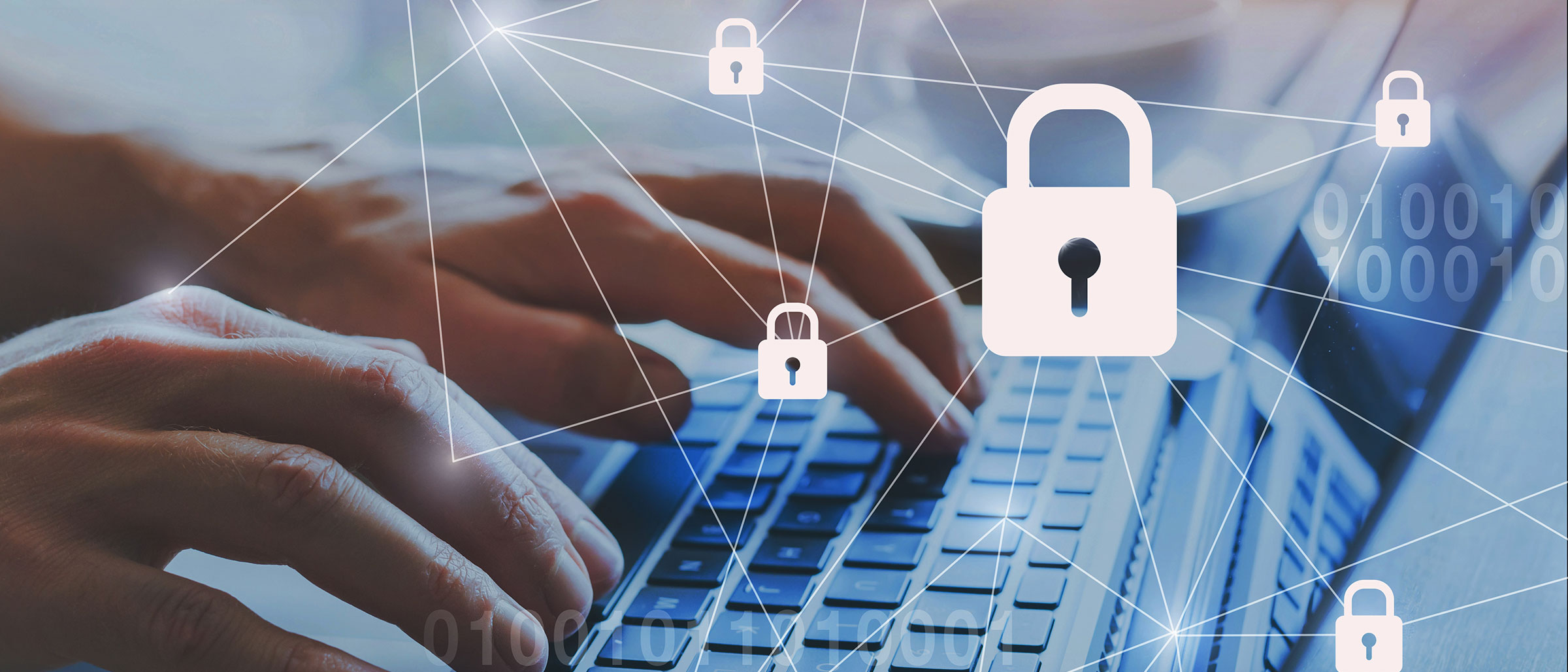Five Cybersecurity Tips for Businesses
Cybercrime is a phenomenon affecting businesses of all sizes and industries. Over the past year, cybercrimes hit an all-time high – a fact that wasn’t lost on, or surprising to, the world’s tech analysts. And since businesses across America are more reliant on technology than ever (not to mention remote work), cybercriminals have been very busy.
This blog offers 5 cybersecurity best practices. These should be at the top of your organizational agenda.
Implement two-factor authentication
Using only a login and password to enter a system can compromise the security of your data. Two-factor authentication (2FA) is a common practice across industries. This method requires your employees to provide an additional piece of information to log into a system, program, or website. 2FA adds a key layer of protection, and plays an important role in data security.
Update your employees’ cybersecurity training
Cybersecurity training should never be skipped! Continuous employee education will result in company-wide cyber-attack awareness, which will pay serious dividends down the road.
With a bit practice, being mindful of key cybersecurity tips will become second nature to employees. These include using complex passwords, updating software, reporting suspicious emails, and learning about the most common phishing strategies. Having protections in place is obviously important, but a significant number of cyberattacks occur thanks to simple staff negligence!
As an organization, you should implement a training schedule designed to keep cybersecurity at the forefront of your employees’ minds.
Review and update firewall configurations
A firewall is a network security device. It monitors incoming and outgoing network traffic and permits or blocks data packets based on a set of security rules. There is always a possibility that security holes in a firewall may not have been configured recently. Since the firewall serves as a first line of defense to keep your network and devices safe, reviewing and updating it should be a priority.
Be mindful of data backup and create external backups
Using a secure service to stay on top of your automatic backups is the first step towards protecting your data. Every business’ nightmare includes some version of losing company or client data!
Second, here’s an obvious but important tip: create regular external backups. If your data is compromised, lost, or stolen, an external backup will help restore the information and keep your business running (hopefully without any major hiccups).
Keep software updated
Software updates exist to repair vulnerabilities that protect against cyber threats. Convey the following message to your employees: Don’t put off software updates because you are busy and don’t feel like restarting your computer! Turn on automatic updates to decrease cyber-attack vulnerability.
Conclusion: Cybersecurity Tips for Businesses
No doubt about it – cybersecurity should be a priority for your business. Neglect these cybersecurity tips at your own peril.




